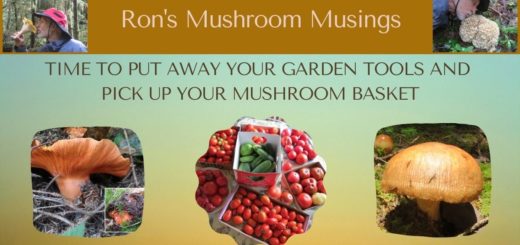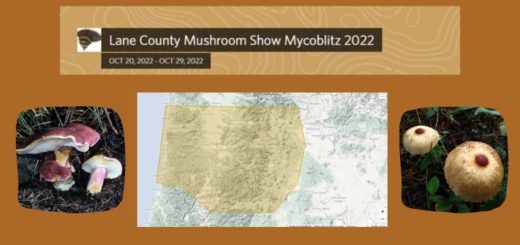Spring season wrap-up
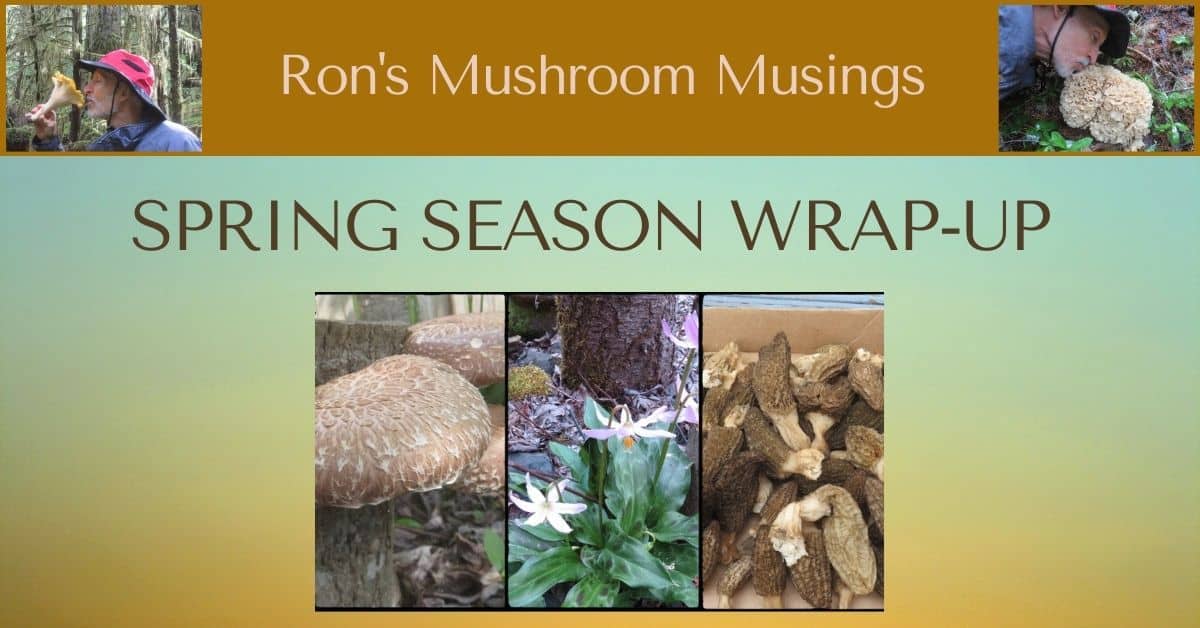
Well, it’s that time of year when CMS begins its spring/summer vacation. May is the last month for the CMS newsletter until it starts back up again in September. With so many things going on during the summer months, it just doesn’t seem practical to keep publishing a newsletter when there’s little time to read it. Besides, this is the season for kicking back and enjoying all that summer has to offer.
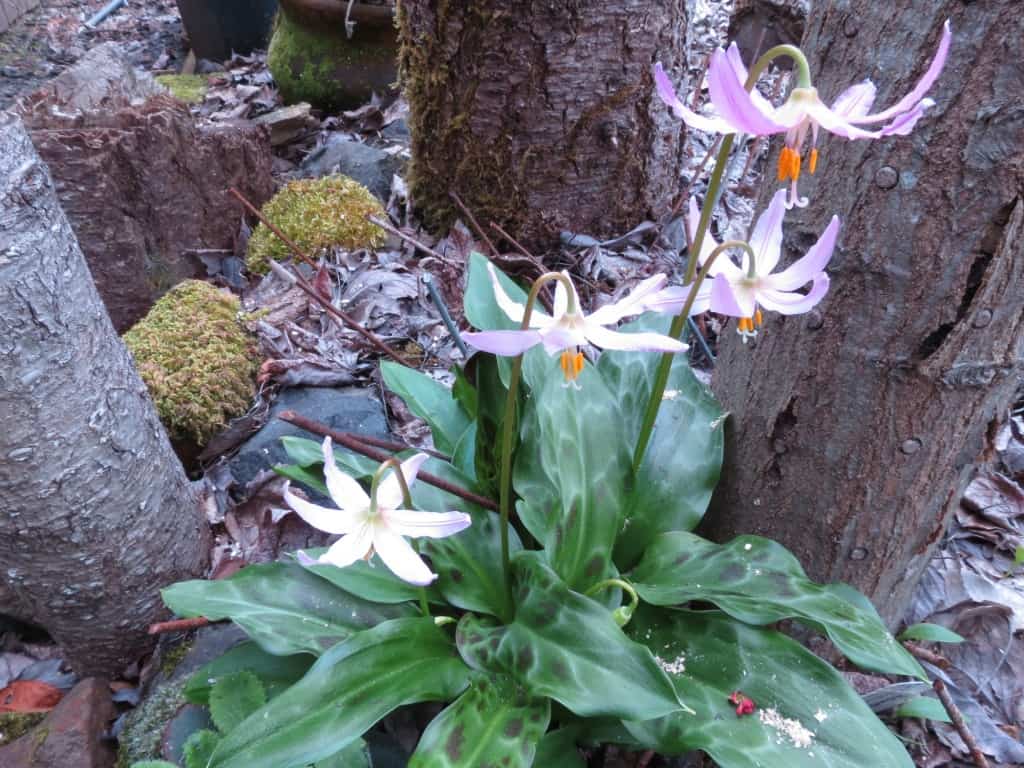
However, since summer is still a month away, Sandy and I are currently enjoying the milder weather spring ushers in. I’m always amazed at the many tell-tale signs that let us know spring has arrived. Even without a calendar, the seasonal changes taking place are unmistakable. In our backyard it starts with Fawn Lilies popping up from under a layer of leaf litter and displaying their stunning flowers. We started with only a few Fawn Lilies but have now amassed quite a collection by simply spreading around their seeds. We’ve also planted other native spring bloomers that give our shadier garden areas some much needed spring color and interest.
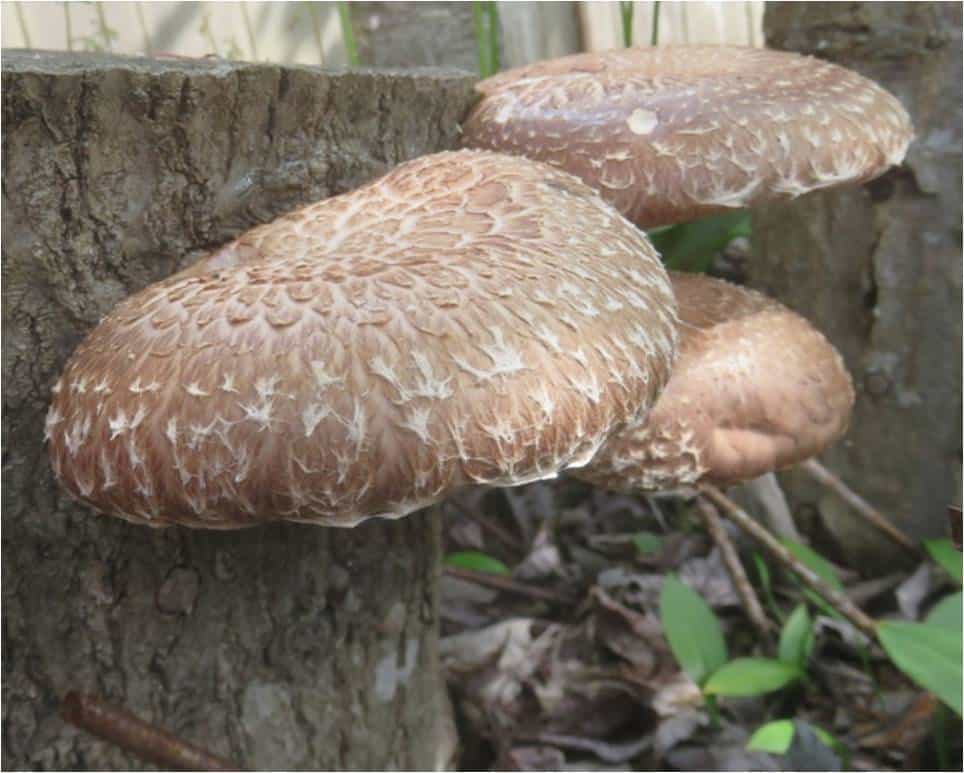
Besides the many spring flowers that show up during this time of year, we also get a spring flush of shiitake mushrooms. Over the years we’ve inoculated a number of oak stumps and branches with a spring fruiting strain of shiitake. Unlike shiitake you purchase after they’ve been handled and tossed around, these still show their attractive white edge ornamentation. This harvest went into a Miso soup but other shiitake mushrooms are still fruiting. There are now many strains of shiitake and they can be grown on quite a diversity of wood types including Alder and Maple, which Oregon has lots of. Check out Field & Forest Products to get the full lowdown on cultivating this delicious and very healthful mushroom and to see which strain might work best for you.
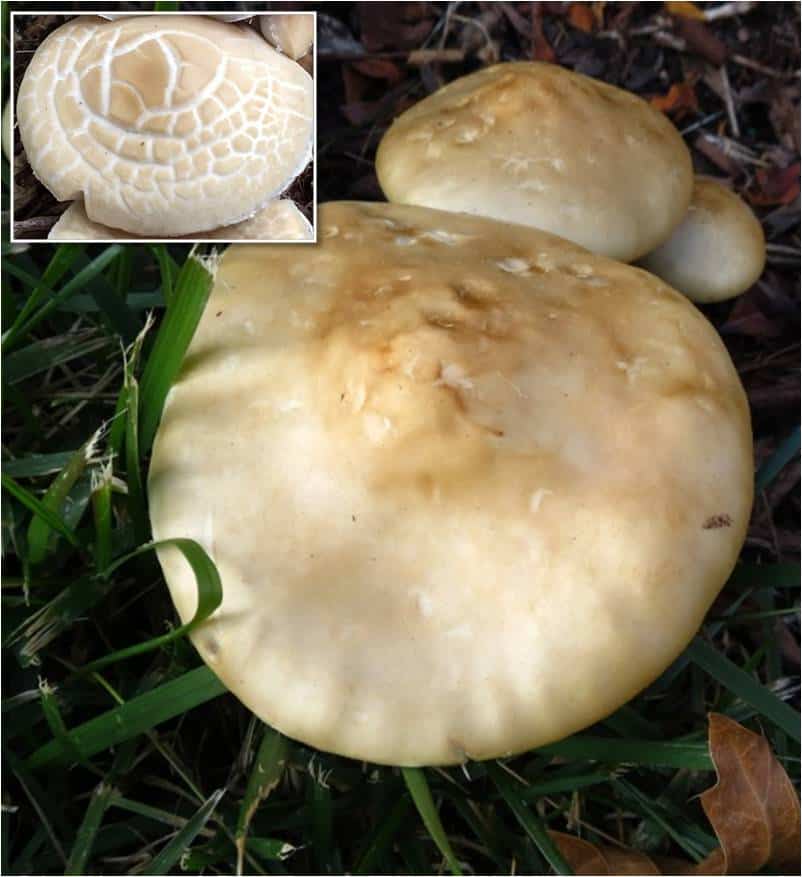
A classic urban/suburban neighborhood mushroom that pops up in lawns and mulch areas in the spring Agrocybe praecox or more commonly known as the Spring Fieldcap. It can be found growing as a solitary mushroom or in quite large clusters. The cap of this species as well as other Agrocybe species becomes cracked with age or if they dry out. While this mushroom spieces is not toxic and actually considered edible by some, it is said to retain a bitter flavor and the texture can be unappealing. It can also be easily mistaken for other similar spring fruiting Agrocybe species in our area but fortunately they too are listed as non-toxic. I think the takeaway here is to simply enjoy finding them and using your favorite mushroom field guide to try and identify exactly which species of Agrocybe you’ve found.
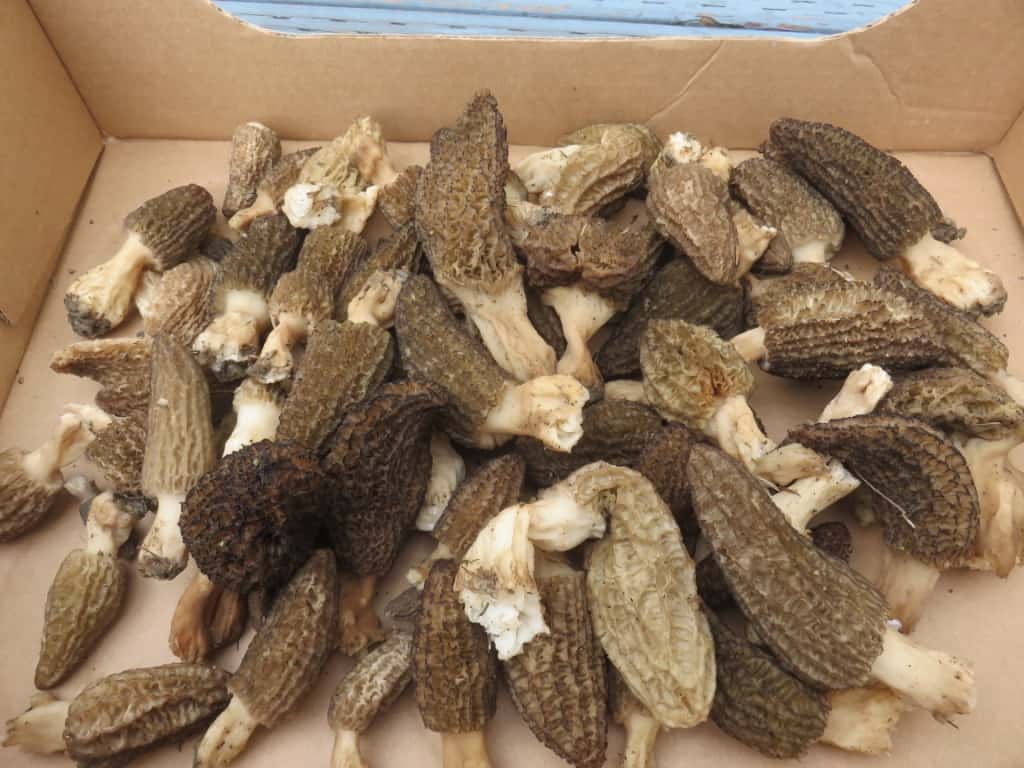
A much more sought after neighborhood spring mushroom is of course the landscape morel. It is typically the first morel type to be found and only God knows why and where it will fruit. You can read as many mushroom books and articles as you want about the morel mushroom and all those write-ups, tips, advice, and suggestions can be as right as they are wrong. I will quote Marcia Peeters who’s advice when I asked her about locating mushrooms was “mushroom are where you find them”. That quote couldn’t be more true, especially when it comes to the morel. In my opinion, the morel is a perfect example of a quintessential living oxymoron. In fact, years ago I mentally removed the “oxy” part of the word “oxymoron” leaving only “moron”, which better expresses how I feel after spending a full day looking for it only to find nothing. Happily, Sandy and I did find this amazing collection of landscape morels several years ago while taking one of our casual neighborhood walks. That happened only one year out of ten. However, for those who still enjoy the neighborhood hunt, I wish you all the best.
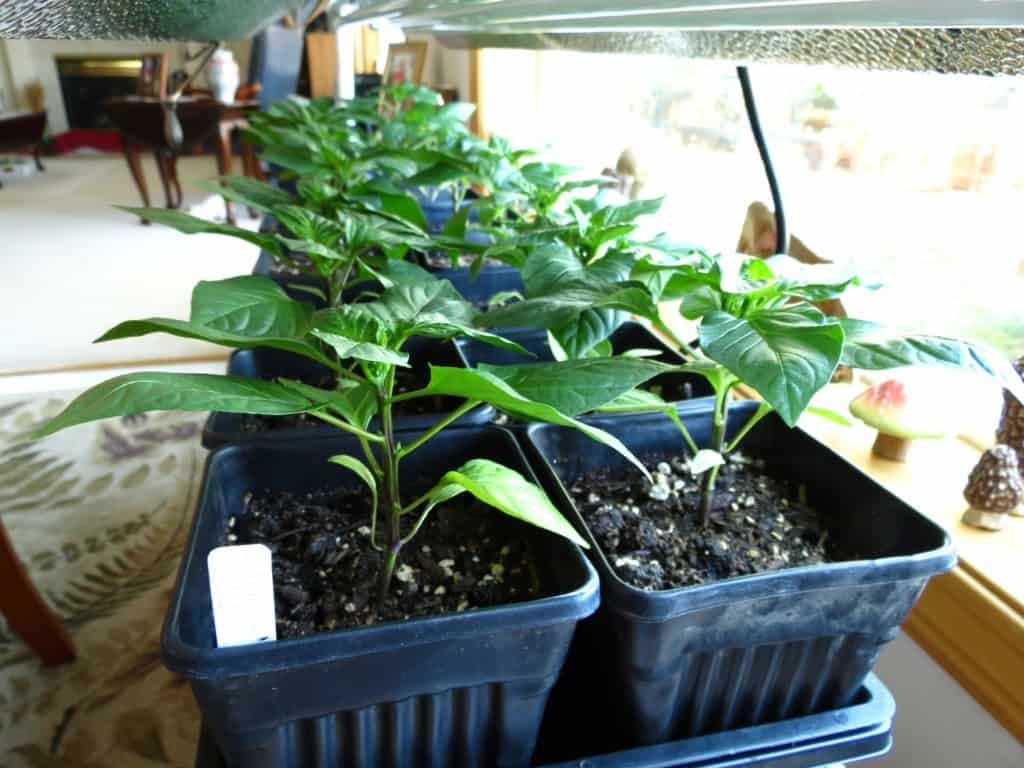
April showers may bring May flowers and the moron mushroom but May also ushers in the start of our spring/summer gardening season. I realize it is too early to plant out pepper and tomato plants without some protection, but it is certainly time to get hard to find varieties started indoors. This season we’ve decided to upgrade from a 4-foot florescent shop-light setup for starting plants to a Durolux brand T5 HO (High Output) system designed just for indoor growing. While Durolux may sound more like the name of a vacuum cleaner brand, it has made a major difference in the development of our pepper plants. We’re still using the shop-light setup for tomato starts but without the same level of results. And, for full disclosure, we are not receiving any form of endorsement benefits from Durolux, we’re only getting healthy plant starts. Additionally, if you’ve never checked out Baker Creek for rare and unusual vegetable seeds, I wholeheartedly recommend browsing their online catalog.

Finally, if you are eagerly waiting to hunt for Oregon’s spring mushroom trinity, I have some advise that may help you lessen your frustration levels. The triad of spring mushrooms I’m referring to include the spring morel, bolete, and coral mushroom. Where and when they fruit is always a crap shoot but you can make more intelligent decisions by using iNaturalist. iNaturalist is both a website and mobile application designed to allow individuals to post photos of plants, animals, and fungal observations for the purpose of creating a shared database. This database is being used by scientists and others to track, document, and better understand various aspects of our natural world. And, thanks to posted observations of mushrooms showing their date and location, anyone can peruse this database to help them determine when and where to look for specific species of mushrooms. Just bring up the website, click on Explore, and enter your desired species name, which for our spring trifecta would be any of the following;
For Bolete (Boletus) enter species name: rex-veris
For Morel (Morchella) enter species name: elata clade or esculenta clade
For Coral (Ramaria) enter species name: coulterae or rubripermanens
If you want to be more general, you can also enter common names like boletes, morels, or coral, and a list for these mushroom types will be provided.
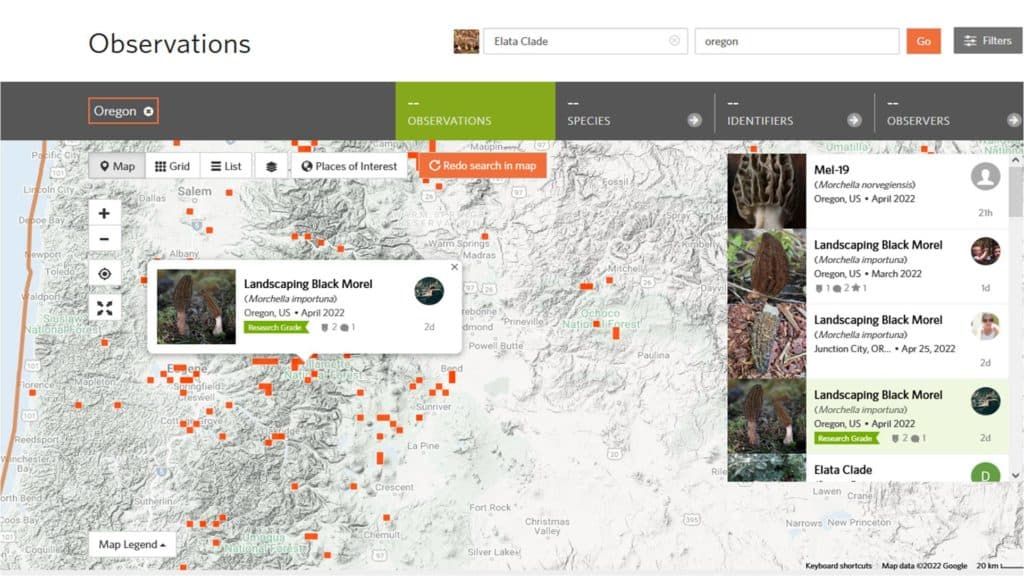
For Location, enter Oregon or whatever state, county, or city you may be interested in. If you want a specific date range or are interested in specific months a mushroom was found, you can click on Filters and add that also. Next, click on the Map option located just above the top left mushroom’s picture. You will see a map of the area you are interested in as well as an insert of the mushroom observations that met your search criteria. You can zoom in on the map to any specific area of interest. You can also use the scroll bar to see all the observations that were posted.
When you place your cursor over one of the observations, that observation will be linked to one of the red squares on the map. You can also click on any of the observations or red squares to get more information about it. How easy is that! Without leaving your chair, you are now electronically hunting for your favorite mushroom, bird, or lizard. And, for all you spring flower enthusiasts, iNaturalist can help you determine the best time to head for your favorite location for this year’s spring wildflower extravaganza. However, to borrow a classic phrase from stock investors, “past performance is no guarantee of future results”. That works for stocks and especially for moron mushrooms.
Enjoy your spring and summer activities, take some nice hikes, and God willin’ and if the creek don’t rise, we’ll be back on the air in September.
Ron


